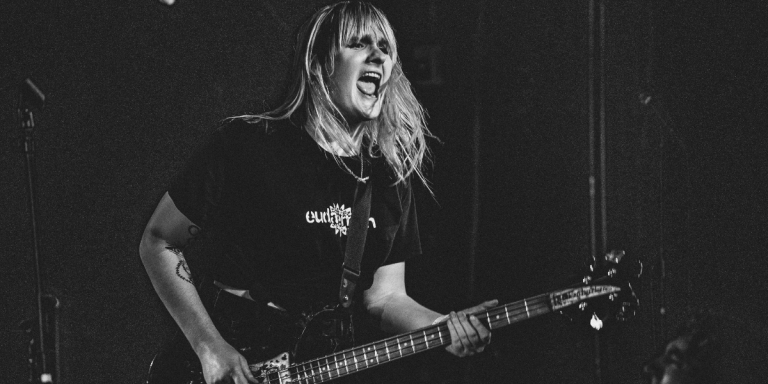culture
Guinness World Records Welcomes American Drag Artists
Elyssa Maxx Goodman
Sep 5, 2025










